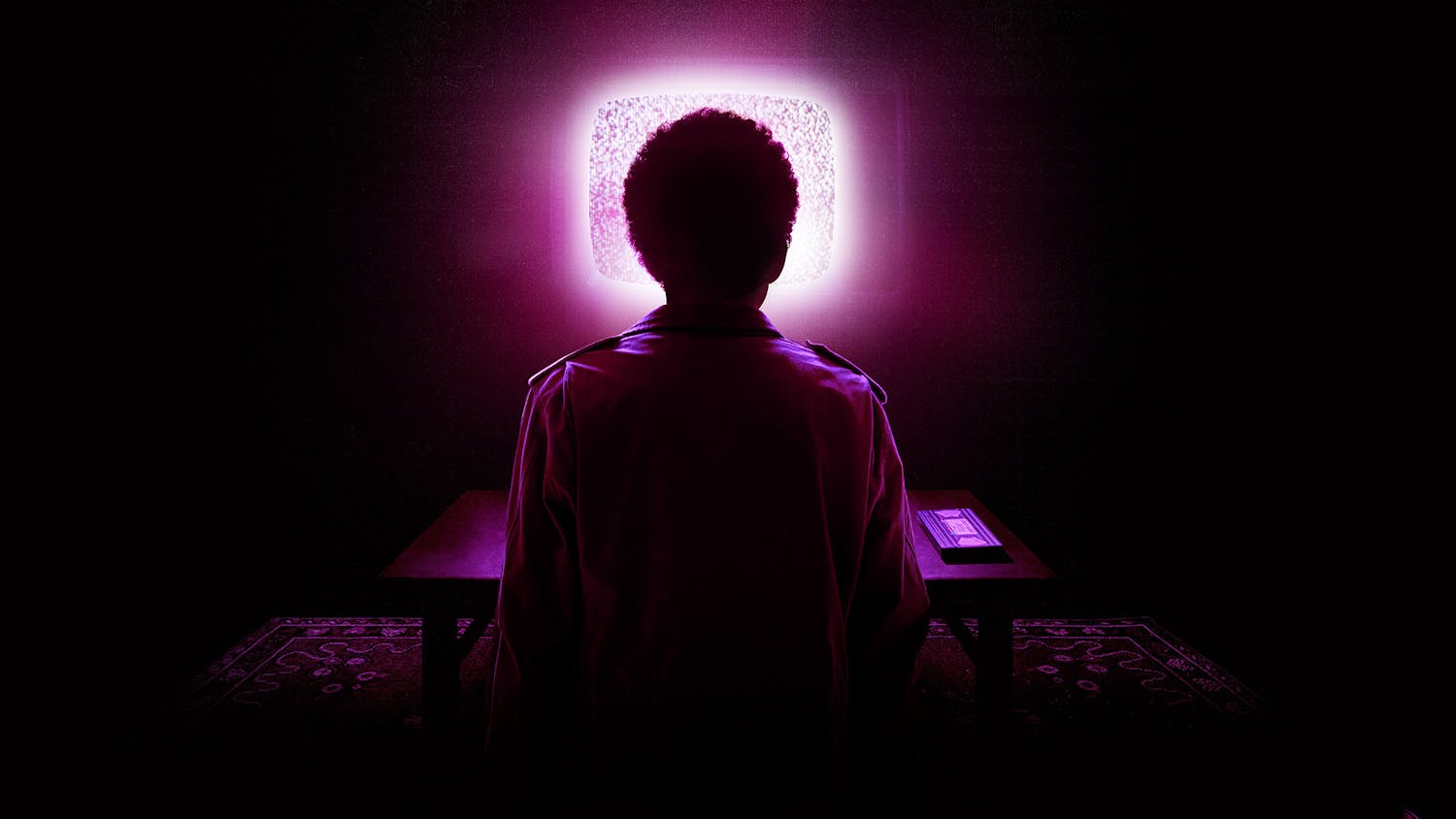Regardless of your scientific background, you’ve probably heard of the Big Bang. Approximately 13.7 billion years ago, all of the energy in the Universe was concentrated at a single point and then suddenly underwent a rapid expansion, sending matter, energy and the fabric of space and time itself out in all directions. The Big Bang is a heuristic concept; we have observed that everything in the universe is expanding away from us in all directions, and by running that idea in reverse, we hypothesize that everything must have started at a single point. It has proven to have incredible predictive power — the true test of any scientific concept — but there hasn’t been any direct observational evidence of the Big Bang and inflation. Or at least there wasn’t, until a team working on the Background Imaging of Cosmic Extragalactic Polarizations (BICEP2) instrument released their findings on Mar. 17.
The team, led by John M. Kovac of the Harvard-Smithsonian Center for Astrophysics and working at the South Pole, used BICEP2 to look for subtle changes in the cosmic microwave background radiation (CMB).
The CMB is radiation that was released when the universe was relatively young — only a few hundred thousand years after the Big Bang — and is spread uniformly across the sky. It is the hallmark of the field of cosmology and allows physicists to study the very early universe. The team found patterns in the polarization of the CMB caused by gravitational waves in the early universe that were almost certainly amplified by a rapid rate of expansion. Polarization indicates the orientation of the electromagnetic waves; all radiation has a preferred direction of vibration. This phenomenon comes into play in our everyday world any time you wear polarized sunglasses: the glasses block light that is polarized in a certain direction and reduce glare.
On April 10, Robin Stebbins, the father of a Middlebury student and a physicist at NASA’s Gravitational Astrophysics Laboratory, came to the College to give a lecture on the BICEP2 discovery and give members of the College community some insight into its importance and the nature of gravitational waves.
“[The lecture] really helped to put this discovery into context for anyone who has been following the news, regardless of their scientific background,” said Assistant Professor of Physics Eilat Glikman, who is currently teaching a course on cosmology at the College.
“This is truly science at the margins,” Stebbins said at the start of his lecture. “This is a field that has been trying to make progress for over 50 years … Gravitational waves are to gravity what light is to electromagnetism, propagating changes in the field strength.”
Part of Einstein’s theory of relativity describes time and space not as separate concepts, but rather as a larger, interconnected concept called space-time. Gravity, in Einstein’s theory, results from a bending in space-time caused by the presence of matter and energy: the more matter and energy, the more space-time is bent. Gravitational waves are created when incredibly large masses are in motion, causing ripples in space-time that propagate just like ripples on the surface of a pond.
In his lecture, Stebbins spoke briefly about the nature of gravitational waves, and then went on to explain in incredible depth the experiments in place to attempt to detect these waves.
As gravitational waves propagate through the universe, they cause slight variations in the distances between objects. In essence, the waves are squeezing and stretching space-time. In the very early universe, before the CMB was released, gravitational waves strained space-time and created variations in the distribution of energy. Then, as the universe underwent rapid inflation, these fluctuations amplified and left a pattern in the polarization of the CMB when it was released.
There are many different ways that gravitational waves could, in theory, be detected, and Stebbins clearly outlined all methods currently being used and methods that are more theoretical and may be put into place in the future. One method involves observing a binary star system, two stars bound to each other by gravity. As these stars orbit one another, they will create gravitational waves that carry away energy from the system, causing changes in their orbits.
Another involves observing variations in pulses coming from pulsars. Pulsars are incredibly dense, rotating stars that emit radiation we can detect here on Earth. These pulses come with incredible regularity, making them some of the most accurate time-keepers in the universe. As gravitational waves propagate past a pulsar, their rate of pulsing will change, revealing the presence of the passing wave.
One of the terrestrial experiments outlined by Stebbins is the Laser Interferometer Gravitational-Wave Observatory (LIGO) located both in Washington and Louisiana. Interferometers split beams of light and send them down perpendicular paths. The light beams are then reflected and recombined and patterns of interference in the light can reveal slight changes in the length of the two arms. LIGO uses arms 4 kilometers in length and some of the smoothest mirrors ever designed and can detect changes in length down to one-thousandth the diameter of a proton. As gravitational waves pass through Earth, LIGO should, in theory, be able to measure the fractional changes in distance.
So far, we have only found indirect evidence of gravitational waves, such as the variations in binary star orbits and pulsar rotations. It is important to note that even BICEP2 did not directly observe gravitational waves. Rather, the pattern of polarization in the CMB is just a footprint left by these waves.
The BICEP2 results are the sort of discovery that takes the scientific community by storm. For decades, scientists have depended on and used the theory of the Big Bang and now we finally have direct evidence. Though the results still need to be verified by other teams, they are incredibly robust, with a 5 sigma detection, meaning a confidence level of 99.9999 percent. It is a testament to the power of science that we are able to look back to the earliest stages of the universe and describe what happened to create the universe we live in today.
“The day that the results were announced, I couldn’t help but think ‘science won today,’” Glikman said. “This is the sort of discovery that makes me proud of humanity.
Middlebury Parent Talks About Gravity Wave Discovery
Comments



